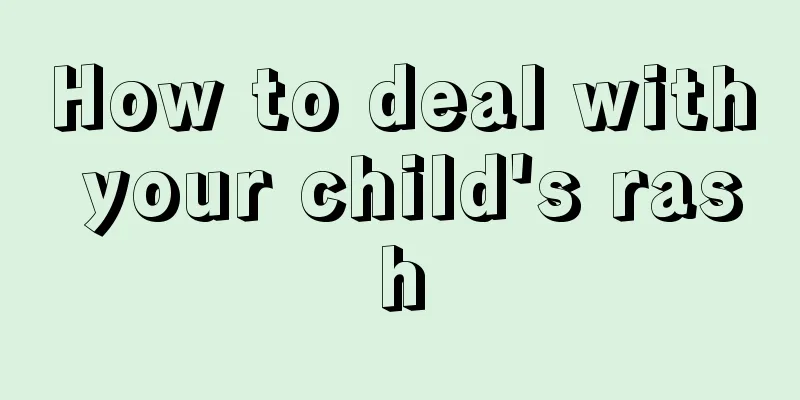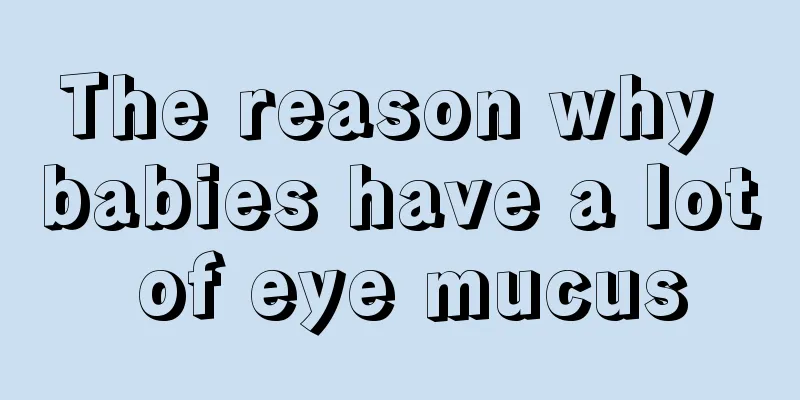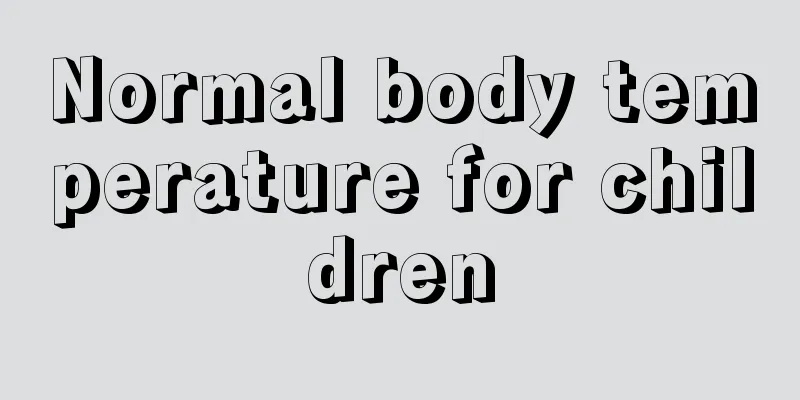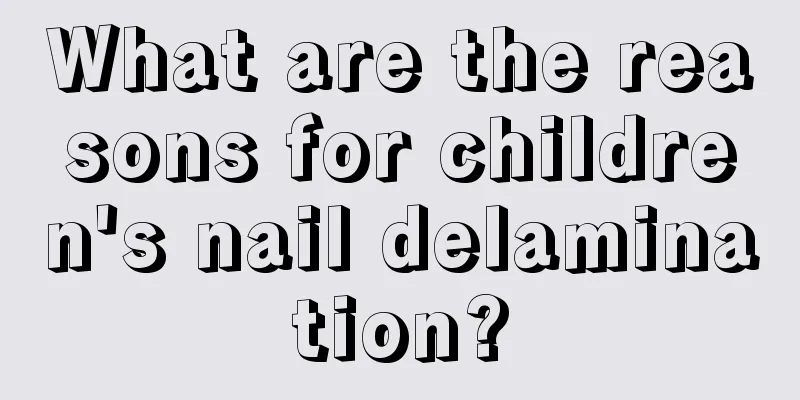Symptoms and treatment of colic in children
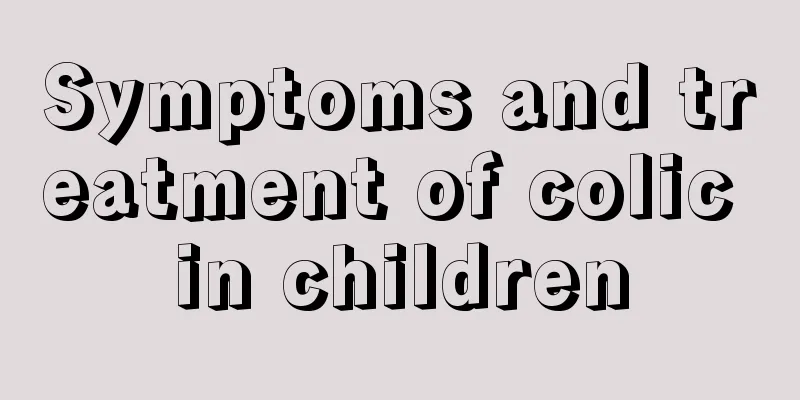
|
Many people think that only adults will suffer from colic. In fact, with irregular diet and as humans gradually lose their healthy eating habits, infants and young children, especially children, are also at high risk of colic. Although this is only a symptom and not a disease and it is usually not fatal, no one can stand the pain, let alone young children? So how should children with colic be treated? Colic in children is particularly severe, and more children will experience symptoms of colic. The disease can easily induce symptoms of abdominal pain, which is more likely to occur at night, causing the children to cry incessantly at night. Many children will cry and scream at the same time, and kick their legs while crying loudly, and these movements will not stop until the children are exhausted. Other parts of the child's body may also move, such as long-term and high-frequency shaking of the head and extremely rapid breathing, accompanied by severe abdominal distension or cold hands and feet. Sometimes the child will clench his fists and his feet will be severely stiff. These symptoms last for a very long time, ranging from tens of minutes to several hours in severe cases, causing particularly serious harm to the child. When many children cry, their legs will contract towards the abdomen, and their hands will move around constantly, accompanied by obvious abdominal pain and bloating, causing special pain to the children. Mothers should be careful about the occurrence of colic. They should not only understand the symptoms of the disease, but also pay attention to the child's development. If symptoms of colic appear, treatment needs to be started quickly, and nursing work must be coordinated with the treatment. When a child has colic, you should hold the child's head upright on your shoulder and gently pat the child's back to help the gas in the stomach be discharged. You should also gently massage the child's abdomen, or use cloth to wrap a hot water bottle and place it on the baby's abdomen to relieve the child's intestinal cramps. Especially when the child's abdominal distension is too severe, you should use a suppository to facilitate bowel movements and exhaust gas, and keep the child closely observed. If the child develops fever or paleness, seek medical attention immediately. By understanding the above content, everyone knows the symptoms and treatments of childhood colic. Colic is extremely serious and brings a lot of pain to the baby. Mothers are reminded to be vigilant about colic and carefully understand the symptoms of the disease. Once the child's body becomes ill, not only should the treatment be emphasized, but the care of the child should also be strengthened. |
<<: How to treat typical absence seizures in children?
>>: Symptoms of colic in six month old baby
Recommend
Causes of severe anemia in six-month-old babies
There are three types of anemia, one is a mild di...
Eating shrimp during breastfeeding can cause eczema in babies
If a breastfeeding baby develops eczema, you shou...
What is the law of myopia growth in children?
In people's lives, many people are very troub...
What should I do if my child suddenly vomits? These methods can help you!
When a baby suddenly vomits, many young parents w...
Why is the baby's stool green?
We all know that due to different feeding methods...
What are the causes of swollen eyelids in children?
Many children have poor self-awareness, which wil...
Four tips to distinguish colds and pneumonia in children
The symptoms of pneumonia are very similar to tho...
What is the reason for the red pimples on the corners of the baby's mouth?
It is a common phenomenon for babies to have red ...
What to eat in the morning for children?
Children are the fruits of their parents' lov...
What to do if your child has cavities
Nowadays, many children have cavities at a young ...
What should I do if my newborn baby is not full of breast milk?
Many breastfeeding mothers find that their breast...
How to treat gastroenteritis in children?
For children, because their digestive systems are...
How to train children to speak
Many parents become anxious when they see other b...
How to reduce fever in children at night
It is not uncommon for children to have a fever a...
At what age does a baby no longer need diapers?
Many parents choose to use diapers for their chil...

